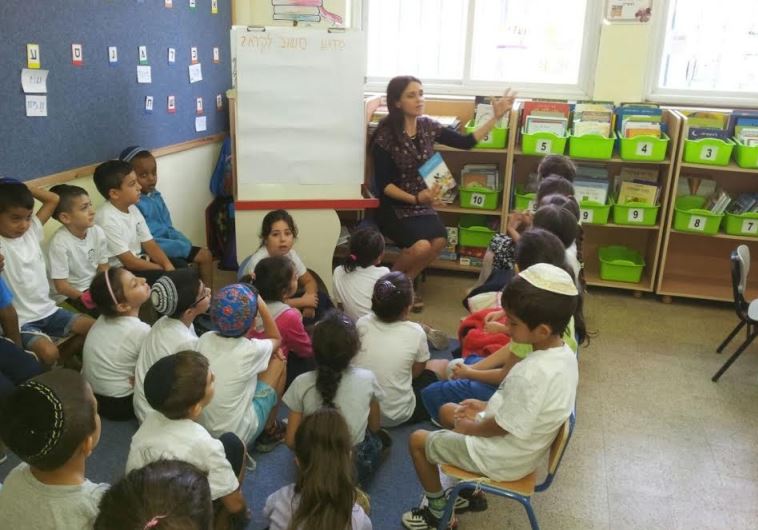Minimizing literacy gaps among Ethiopian pupils
“The ICEI has brought creativity to our school, something we did not have in the past,” Tomer Rabi, the Dizengoff school’s principal told The Post.
 Students at the Dizengoff School in South Tel Aviv(photo credit: THE CENTER FOR INNOVATION IN EDUCATION)Updated:
Students at the Dizengoff School in South Tel Aviv(photo credit: THE CENTER FOR INNOVATION IN EDUCATION)Updated: